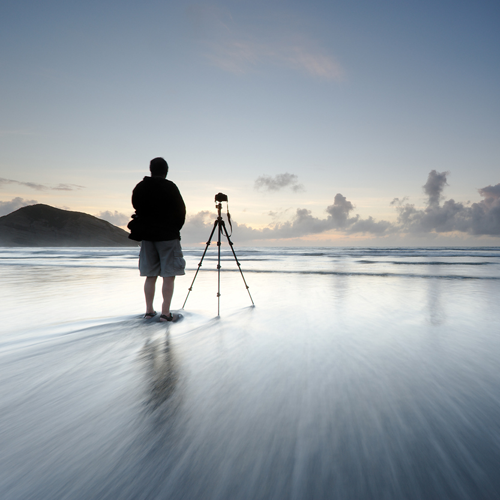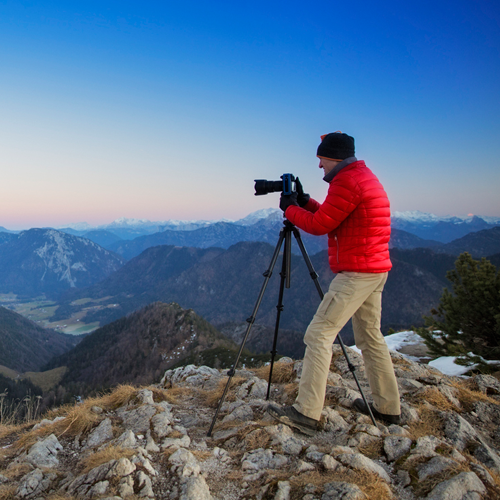Tripod Heads Explained
A tripod is a photographic essential that enables you to get sharp images in a huge range of situations. It also allows you to get creative and shoot long exposures, either at night or during the day.
A tripod head, which usually has a quick release plate, is the bit that attaches to your camera and allows you to fine-tune the shooting angle.
Although some tripods are sold with a head, many tripod legs are sold separately so that you can select the head you want. Let’s take a look at some of the most popular types of head available.
Simple and great for travel.
Ballheads
Ballheads are outwardly the simplest form of tripod head as they lack some of the features and protrusions of other heads. This means that they tend to be smaller than other heads, making them an especially good choice for travel.
The ball that gives them their name moves in a socket, giving you freedom to adjust the camera angle. This freedom is great when you’re shooting macro subjects or still life and you need find the perfect position. However, it can be a bit frustrating with landscapes, for example, when you want to tip the camera down a little without changing the horizontal angle and making the horizon wonky.
In addition to a lock, some ball heads have friction control that allows you to adjust the camera’s angle by a small degree without it slipping or becoming very loose.
Precise adjustment, one plane at a time.
3-way heads
A 3-way head lets you adjust the shooting angle one plane at a time. There’s a lock, usually with a handle to release and adjust the angle in each direction.
These heads tend to be bigger than ball heads, and they aren’t as quick to operate, but they’re popular when precise movements are required. Also, once you’ve got the horizon level, you can tip the camera up or down, or pan it left and right without fear that the horizon will become wonky again.
Geared heads are a type of three-way head. They allow very precise adjustments to the camera angle because the movements are made by turning a gear. They are a firm favourite with landscape enthusiasts.
For long lenses and wildlife.
Gimbal heads
Gimbal heads are a popular choice with wildlife photographers as they are designed to hold very long telephoto lenses, while giving freedom of movement. They allow the camera to be tipped up and down, and swivelled left and right, but the horizontal position is fixed by the angle and length of the tripod legs or a levelling plate between the head and the legs.
Smooth movement on 2 planes, excellent for video.
Pan and tilt or video heads
Pan and tilt heads allow two of the movements afforded by 3-way heads, up and down or side to side. They are most commonly used when shooting video and often have a long handle to help with making smooth movements during filming.
Some video heads come with a levelling plate built in to help ensure the horizon is level. Check out the different tripod heads below:
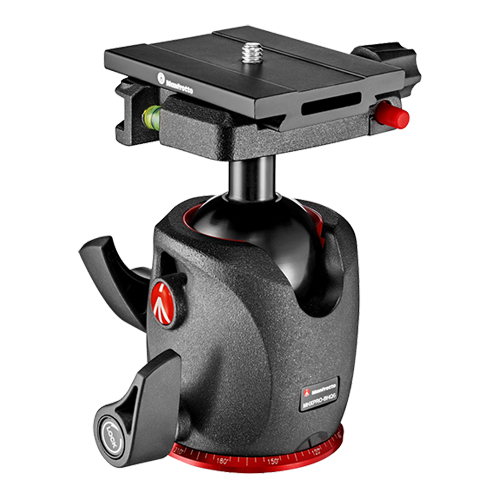 Manfrotto MHXPRO-BHQ6 Ball Head with Top Lock
Manfrotto MHXPRO-BHQ6 Ball Head with Top Lock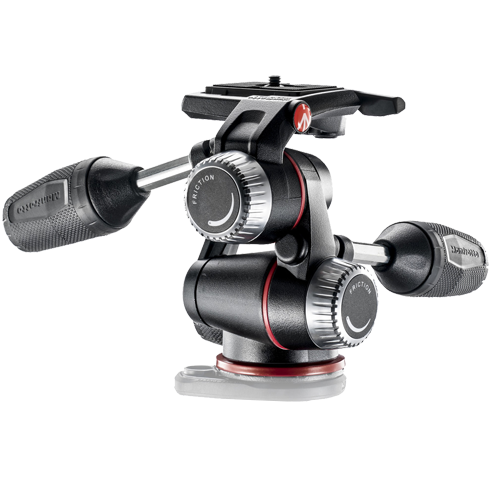 Manfrotto MHXPRO-3W New X-Pro 3-Way Head
Manfrotto MHXPRO-3W New X-Pro 3-Way Head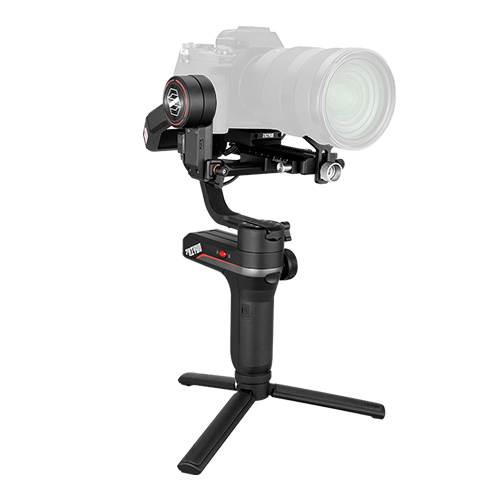 Zhiyun Weebill S Gimbal
Zhiyun Weebill S Gimbal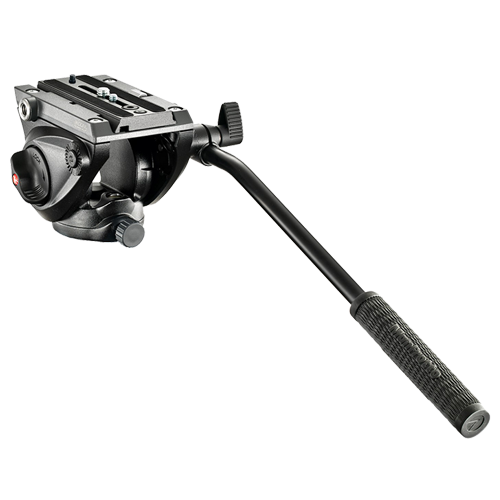 Manfrotto MVH500AH Fluid Video Head with Flat Base
Manfrotto MVH500AH Fluid Video Head with Flat Base
Read Next
- Check out our blog on Benro Slim Video Tripod Kit Review
- Check out our blog on The Benro Wild 1 Carbon Fibre Birding Tripod Kit | Six Months Down The Line
- Read our blog on the PGYTECH Mantispod Vlogging Tripod Tips & Tricks
- By Matthew Ward
- 24 Feb 2017




























































